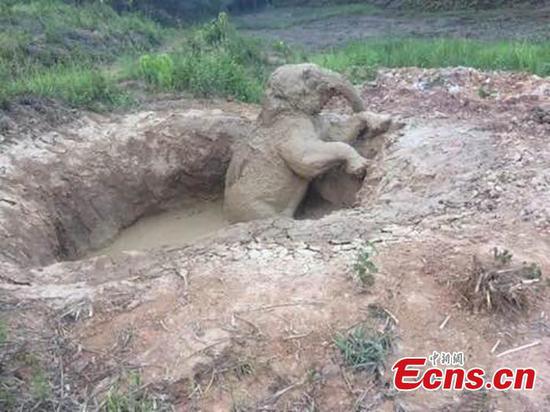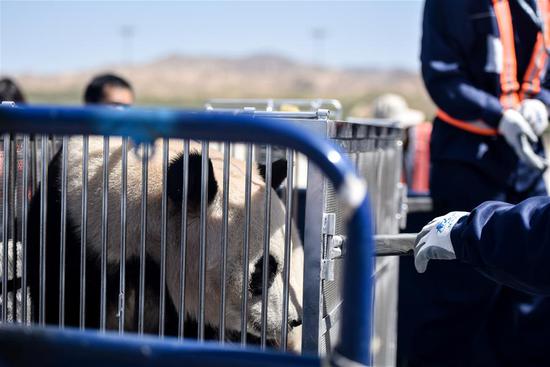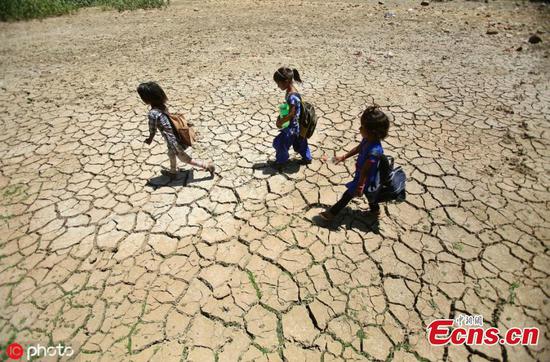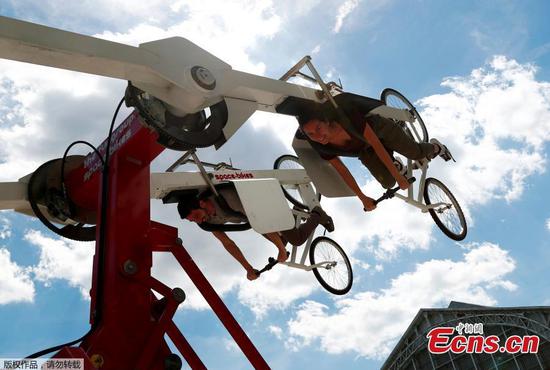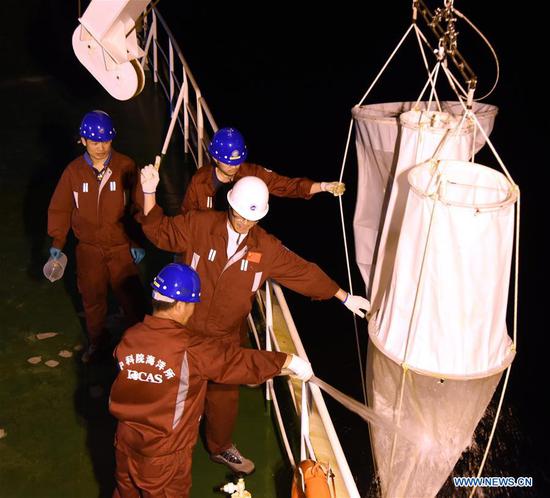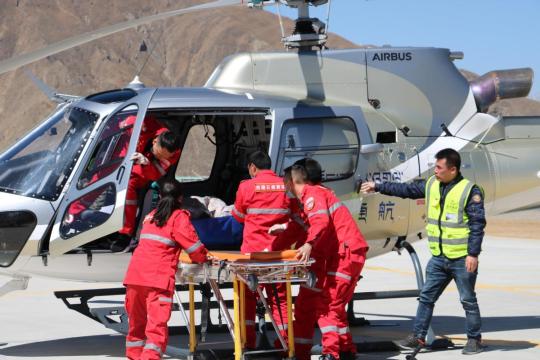
Tibet Yunying Medical Rescue workers participate in an air rescue drill in Lhasa, capital of the Tibet autonomous region. (Photo/CHINA DAILY)
Big steps are being taken to enhance air rescue services in the Tibet autonomous region, officials said.
Lhasa Xueying General Aviation Co began a project in 2017 to build three rescue bases, each with a flight radius of 300 kilometers, and it is nearing completion. The company has five helicopters at its Lhasa base and plans to add two more in the second half of the year, in Shigatse and Lhokha.
"Air rescue allows a quick response in emergencies involving tourists, fire control, medical conditions and car crashes in remote areas," said Songtsen, executive vice-president of Lhasa Xueying General Aviation. "Helicopters fill a regional gap. They are part of a key attempt to link ground rescue with air rescue." Like many in Tibet, Songtsen uses one name.
The aviation company is a joint venture of the Lhasa government and Nanjing-based Ruoer General Aviation Development Group, based in Jiangsu province.
The project is part of the region's efforts to fulfill a central government plan to have a helicopter emergency rescue system in place by 2020.
The company also provides services such as charter flights, air tours, air patrols, pilot training, airborne advertising, fire prevention and aerial photography.
Xiao Jian, general manager of Tibet Yunying Medical Rescue, a company working with Lhasa Xueying, said air rescue is a major step for the region.
"With insufficient air ambulance service in the past, the death rate from automobile accidents was high because ground rescue services could not reach the sites in time," Xiao said.
Gao Daiquan, a neurologist at Lhasa People's Hospital, said it was good to have air medical rescue services in Tibet because the region's transportation network is not highly developed.
"It is crucial for transferring patients, especially people with traumatic injuries or childbirth emergencies," Gao said.
"I hope it will work well with different hospitals and city emergency departments and play a key role in the city's overall first-aid service," Gao said.
The Tibet Red Cross Society 999 Emergency Rescue Center established the region's first aviation rescue team in 2017 and has made many lifesaving flights.
Ma Jun, the center's director, said teams have undertaken 23 mountain rescues in Tibet and helped local police in multiple operations in the Lhasa Kyichu River.
Ma said Lhasa Xueying has the helicopters, while the center can provide professional medical crews, including air rescue doctors licensed in Europe and sophisticated air rescue medical equipment.
"We will work with Lhasa Xueying to carry out professional air rescue work," Ma said.














